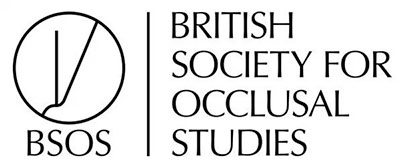Why Study with BSOS
Occlusion and its Impact on your Dentistry.
As a professional, it’s normal to wish to develop your skills and to take on more complex work but do you have sufficient knowledge of occlusion to be able to avoid problems when treating these inevitably more complicated cases? Remember the maxim ‘We don’t know what we don’t know’!
Here are some of the things you need to think about when treating more complex restorative cases:
- Does the patient have an ideal occlusion? What does that mean?
- Does the patient have a stable occlusion? Does it matter?
- Are the teeth worn? Why are they worn? Is it normal wear for the patient’s age? Is the patient bruxing?
- Has your patient broken their existing restorations? Chipped veneers or anterior crowns? Do you know why? If you don’t then it’s likely they will break your restorations too.
- Are the joints stable – are there clicks, pops, crepitus or other noises? Do noises matter? If the joints are unstable, what does it mean for my treatment?
- Is there enough space for my restorations? Can I make more space? Can I change the vertical dimension? Does the ‘Dahl Principle’ work?
- If I crown the last tooth in the arch, will I lose space when I come to fit the crown? Why would that happen?
- Do I need a Facebow and bite records? Which ones?
- Should my technician use an articulator? Which type?
- Should I be using Habit Bite (Conformative) or Centric Relation: when is each appropriate?
- Implant Cases: what is the ideal occlusal scheme and how do we achieve it? If I don’t load the implant(s), am I going to overload the other teeth?
- Are there working and/or non-working interferences? What are they? Will that cause problems?
- Have the teeth moved because of orthodontic instability or because of adverse occlusal forces?
- Does the patient still wear orthodontic retainer(s)? Might this affect the joint stability?
- Should the patient wear a ‘nightguard’ after treatment? If so, what type should I use?
- Periodontal Cases – is the occlusion and/or bruxing a secondary factor in bone loss?
- What are splints or appliances? How do they work? What type should I use?
At BSOS we offer a structured training program beginning with a basic understanding of occlusion to a much more detailed theoretical knowledge and advanced practical skills.
